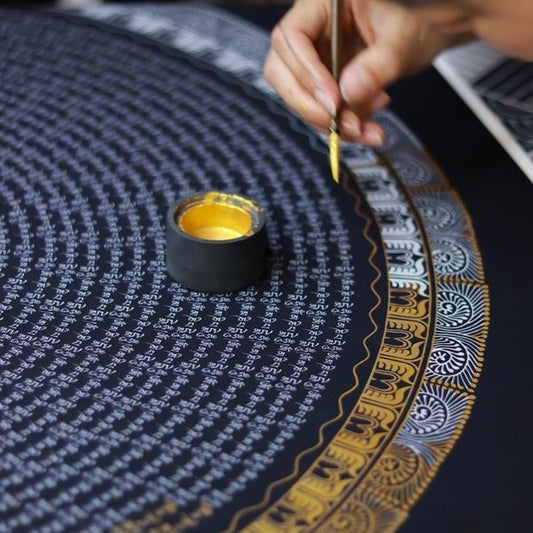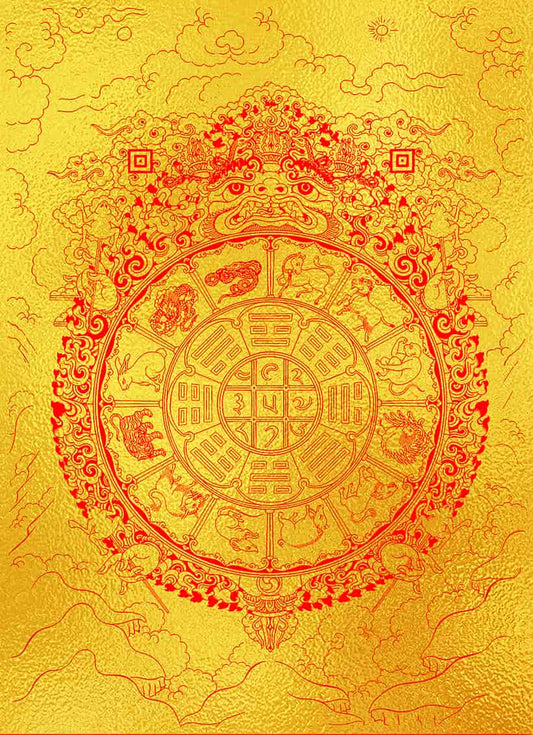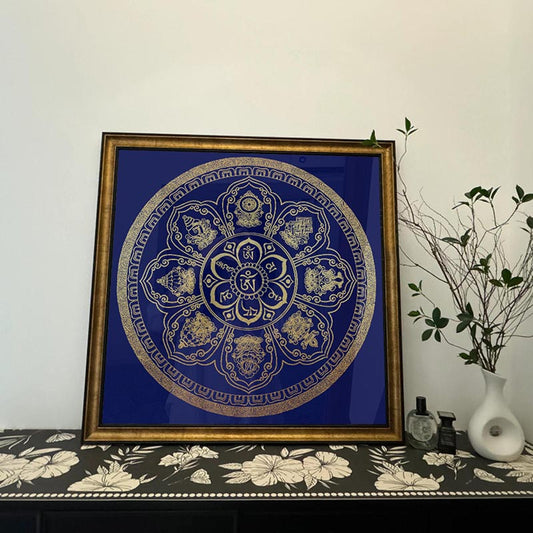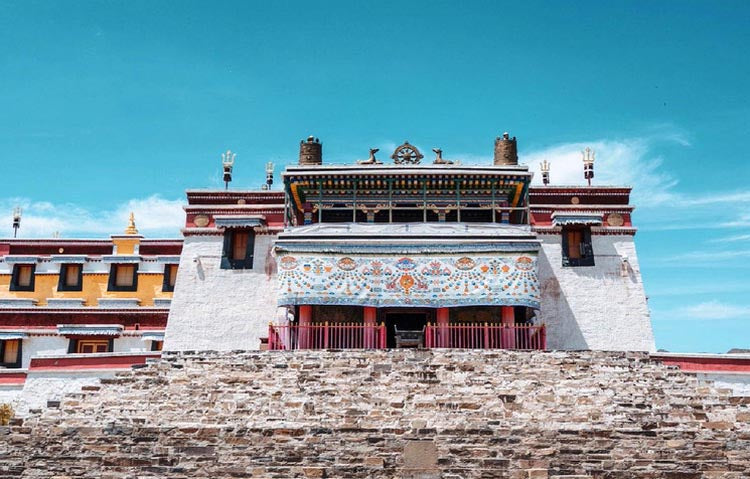Jesus in Thangka A Cross-Cultural Canvas
Jesus in Thangka A Cross-Cultural Canvas
Imagine finding yourself in a cozy Tibetan art studio nestled in the Himalayan highlands, gazing at a thangka painting that isn't the customary tapestry of Buddhas or bodhisattvas. Instead, before you is an ethereal depiction of Jesus Christ, rendered in the vibrant, intricate style of Tibetan thangka art. How did the Christian savior find his way into this profoundly Buddhist artistic tradition? Let's explore the rich tapestry of culture, faith, and artistic mastery that makes this possible.
The idea of a "Jesus thangka" might initially sound like a step into a fantastical realm, yet it embodies a real and fascinating intersection of spiritual cultures. In the sphere of thangka art, where every brush stroke is steeped in centuries-old tradition, introducing Jesus might seem like a daring divergence. However, it is this very blending of seemingly disparate elements that reveals the boundless reach of both spiritual and artistic dialogue.
For centuries, thangka painters have been disciplined practitioners, honing their skills through rigorous apprenticeship. They learn to mix pigments derived from natural minerals and plants, preparing them with the same care a monk applies to meditation. This discipline ensures that the vibrant colors of thangka paintings not only capture the eye but also hold the energy of their spiritual stories. When a figure like Jesus finds his way onto such a canvas, it's not just a mere representation. It becomes a fusion of Eastern technique and Western iconography, each stroke opening a channel for cross-cultural reflection.
Consider the symbolism within such a thangka. In the Buddhist tradition, thangkas are visual stories meant to evoke spiritual contemplation—every color, gesture, and background pattern has its own meaning. When Jesus is portrayed, his familiar iconography of compassion and sacrifice is intertwined with Buddhist wisdom and serenity, creating a new narrative canvas. The inclusion of lotus motifs, mandalas, or traditional Tibetan sacred geometry around Jesus can evoke a dialogue of universality—a bridge connecting Western and Eastern spiritual ideals.
Historically, pockets of cultural exchange have always existed along trade routes like the Silk Road, where merchants and pilgrims carried tales and truths across borders. Amid these encounters, religious stories and symbols were shared, adapting and adopting new forms as they traveled. The idea of a Jesus thangka likely finds its roots in these ancient channels of communication, a testament to the human instinct to connect, understand, and tell stories anew.
Embracing a Jesus thangka is more than embracing a piece of art; it's embracing the journey of ideas, the blending of beliefs, and the shared human spirit that transcends geographical and cultural boundaries. It's a reminder of the infinite threads that weave together our global cultural tapestry—a tapestry that grows richer with every stroke of the painter's brush and every open heart willing to see another perspective.
For those of us drawn into this fusion of traditions, a Jesus thangka becomes more than a curiosity. It's a vibrant dialogue between the past and the present, a convergence that underscores the beauty of our world's diversity. Perhaps, what it ultimately offers is a quiet invitation to see beyond our perceived differences and appreciate the shared artistry of human faith and expression.





